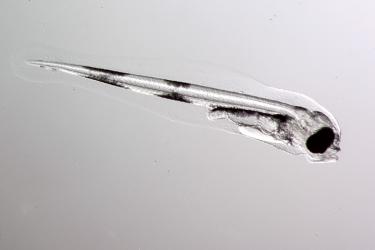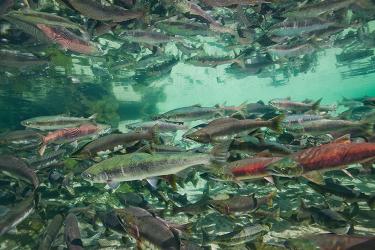NMFS announces a change to the Maximum Retainable Amounts (MRA) accounting period for pollock caught by non-American Fisheries Act (AFA) eligible vessels in the BSAI management area according to James W. Balsiger, Administrator, Alaska Region, NMFS.
Regulations at 50 CFR 679.20(e) establish rules for calculating and implementing MRAs for groundfish species or species groups that are closed to directed fishing. The MRA is calculated as a percentage of the retained amount of species closed to directed fishing relative to the retained amount of basis species or species groups open for directed fishing. Amounts that are caught in excess of the MRA must be discarded. Regulations limit vessels to MRAs at any time during a fishing trip.
A final rule published June 14, 2004 (69 FR 32901), and effective on July 14, 2004, changes regulations at 50 CFR 679.20(e)(3)(iii) to make the MRA for pollock caught by non-AFA eligible vessels in the BSAI accountable at the time of offload instead of at any time during a fishing trip. Under these regulations, vessels will be able to choose to retain pollock in excess of the MRA as long as the amount retained at the time of offload is at or below the specified MRA percentage with respect to basis species or species groups retained. NMFS anticipates that, allowing vessels to manage their MRA percentage for pollock on an offload-to-offload basis, the amount of pollock discarded over the course of a fishing trip will be reduced.
This information bulletin only provides notice of a regulatory change. The Federal Register notice for this final rule can be found here. For the purposes of complying with the regulatory change, you are advised to see the actual text of the regulation in the Code of Federal Regulations.
IB 04-47: NMFS Revises the Maximum Retainable Amount Accounting Period for Pollock Harvested by Non-AFA Vessels in the Bering Sea and Aleutian Islands
June 18, 2004 - 3:15 p.m.
Notice of a fishery management action.


